The Moza FSR2 in a nutshell

Advantages & Disadvantages
✅ Carbon-fiber faceplate
✅ Good build quality
✅ Large screen in touch center
✅ 6 paddles on rear
❌ Near-identical design to the FSR it replaces
❌ Textured leather-like handle.
Active in the simulation industry for several years now, the brand Moza Racing brand has rapidly built up a competitive catalog, even going so far as to compete with industry heavyweights in its segment such as Fanatec. Drawing on their experience in all things electronic, and especially camera stabilizers, Moza’s teams have succeeded in breaking into a sector that wasn’t really their cup of tea.
Today, Moza offers virtual racers a complete range of peripherals, covering the needs of novice and professional racers, with amateurs in between. From Direct Drive bases and several steering wheels, including one for F1, to pedalboards and other accessories, Moza’s catalog is not only a dream, but also a real pleasure to drive.
This year, the brand launched several products, including a complete range of aircraft flight simulation peripherals. Alongside them, Moza’s first active pedalboard has seen the light of day, and the manufacturer has refurbished its FSR wheel for Formula fans. Named FSR2, the wheel can be found on our sim-racing setup to see what’s new compared to the one it replaces.
Main and technical features of the steering wheel
- Carbon fiber faceplate and aluminum alloy frame
- 4.3″ central color touch screen
- RevLED on top and sides of screen
- 19 front panel controls with buttons, switches, rotary encoders and funky switches
- 6 rear paddles, 4 magnetic and 2 progressive
- Perforated leatherette handles
- 28 cm diameter with rectangular shape
- Moza QR on the rear, derived from the D1-Spec
- Compatible with all the brand’s modern bases
- PC compatible only
FSR2 design
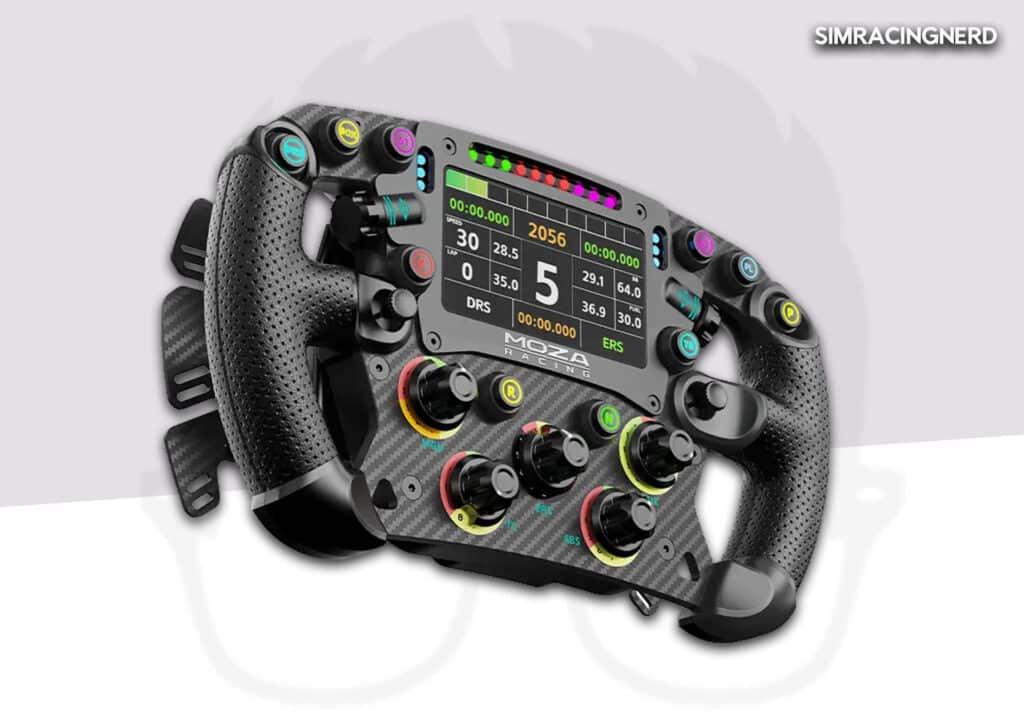
The saying “you don’t change a winning team” has been taken literally with the FSR2, as the design of this steering wheel is 99% identical to its predecessor. Apart from the new LEDs on the sides of the screen, a rimless touchscreen and the addition of 2 extra paddles at the rear, the FSR2 is a copy of the FSR.
The steering wheel features an aluminum-alloy structure and a carbon-fiber faceplate. Perforated leatherette handles wrap the steering wheel, with a 4.3″ color screen in the center.
From the front, the 6 paddles are not so noticeable, as those in the middle are hidden by the rather large handles. Moza’s FSR2 has a simple design, with a few flashy touches on the buttons.
Customized assembly
Since the design of the wheel has remained virtually unchanged, the FSR2 features Moza’s QR, as do all the brand’s other steering wheels. It’s a Quick Release derived from the D1-Spec, and provides an excellent connection between the wheel and the Direct Drive base, whether from Moza or another brand, thanks to a hub.
Installing the FSR2 on a base is very easy: just pull the central ring, align the two devices, insert the QRs and release the ring. Simple, effective and above all risk-free, as there are no protruding connection pins, and communication between the steering wheel and the base is wireless.
Wheel manufacture and finishing
Moza is a brand that navigates the rather premium sim-racing segment. This is particularly true of the FSR2, with its aluminum alloy structure (found on almost all the brand’s steering wheels) and carbon fiber faceplate.
The steering wheel handles are made of well-made perforated leatherette, which allows glove-free use, but at the price at which the FSR2 is sold, I would have liked to have had leather. But then, concessions had to be made to keep the price competitive.
As for the rest of the wheel, it’s all premium, and that’s to be expected since the FSR2 is at the very top of Moza’s catalog. Attention to detail is evident everywhere, from the parts that make up the wheel to the quality of the buttons. Everything is nickel-plated, premium and worthy of taking on the competition.
Handling the steering wheel
The FSR2 is a 28 cm diameter steering wheel with a rectangular shape. Some might call it small, but in reality it’s exactly what you need for F1 and endurance racing.
The 19 controls on the faceplate and the 6 paddles on the rear fall perfectly under your fingers, without you having to do any gymnastics to operate a button. The FSR2’s ergonomics are superb, enhanced tenfold by the addition of a touch-sensitive panel in the center. All the controls are surprisingly well calibrated, easy to operate and not at all clunky, as on Moza’s KS.
As far as the display and RevLEDs are concerned, everything can be configured via the Pit House software. You can assign certain data to be displayed on the RevLEDs, such as flags, but also the telemetry of the vehicle you’re driving. I advise you to take your time poking around in the menus to get an interface that suits you.
Sensations during play
The on-track feel of the FSR2 is excellent for an F1-type wheel, and I’ll go into that in detail. The grip on the wheel is just superb, with a 09H15 driving position, and closed top and bottom grips. What’s more, the perforated imitation leather is very pleasant to the touch, and can be used without gloves.
As for the rear paddles, their positioning is optimal, with an adjustment to the spacing on all 6. The top 4 are magnetic, and the bottom ones are progressive, making them ideal for everything from clutches to gas pedal and brake for drivers without pedals. But then again, if you’re racing this segment of steering wheels, I doubt your setup isn’t equipped with a sim-racing crankset.
As far as the RevLEDs are concerned, you can customize them to display race-specific information through Moza’s software. I found this very useful, especially for flags and the like. And as for the screen, well, you can either set your own screens, or use the default ones.
The FSR2’s buttons and controls are very pleasant to use on the run, as well as being intuitive. Everything is close to you, easy to find quickly and press. However, I did notice that the thumbwheels weren’t super precise, either with or without gloves. Sometimes the thumbwheel turned quickly, sometimes it hung up a bit. But hey, there are enough controls on the faceplate to avoid using them.
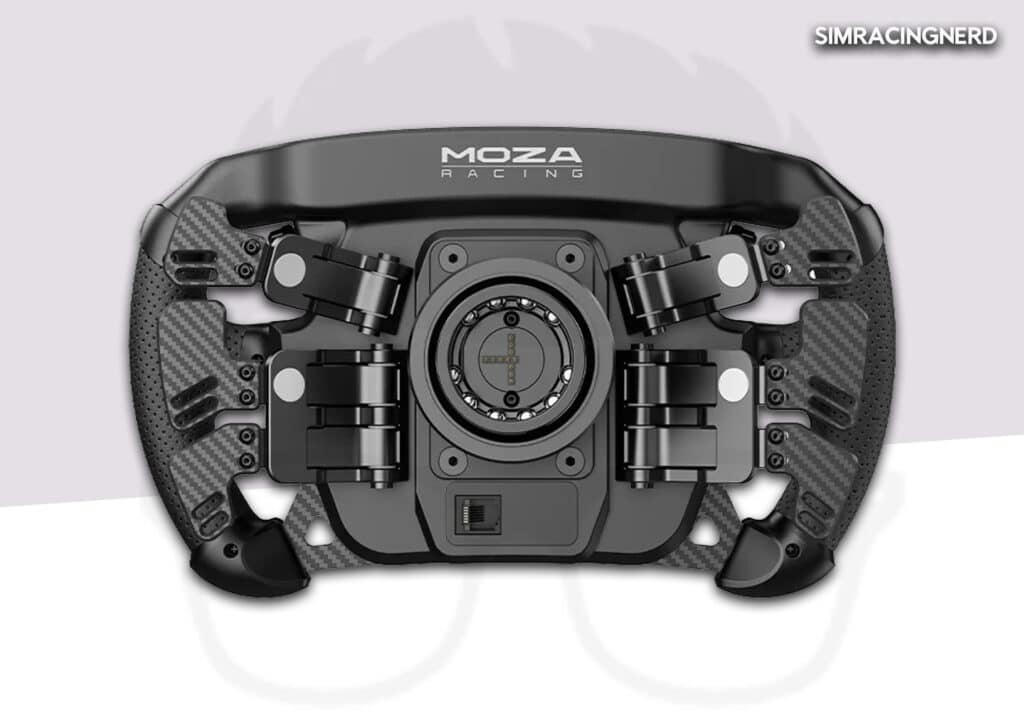
FSR2 compatibility
The FSR2 is supported by all Direct Drive bases currently offered by Moza. You can also use this steering wheel with bases from other brands, provided you have a specific hub which can be exchanged for €50.
As for the platform, the FSR2 is PC-only, much to the dismay of console racers. This is the case for virtually the entire Moza range, with the exception of the R3, which is also Xbox-compatible. Even if you have boxes capable of making this wheel, and other Moza equipment, compatible with consoles, I’d advise against doing so, as the driving experience will be very diluted.
Value for money
The FSR2 is sold at the same price as the steering wheel it replaces, i.e. €699. Its value for money is very good as far as I’m concerned, especially with the addition of a pair of paddles at the rear and the switch to a touch screen. It’s true that I’d have preferred to see leather on the handles, but the material used by Moza is already of high quality, so it’s all right.
My verdict on the FSR2 steering wheel from Moza Racing
If you’re looking for an F1 and/or endurance-type steering wheel, the Moza FSR2 represents a very good choice among the wheels available on the market. It’s a premium, competitive wheel, and above all well suited to F1 sim-racing. What’s more, the price remains the same, which is not always guaranteed these days.
As far as I’m concerned, I’d recommend the FSR2 without the slightest hesitation, especially if you’re already in the Moza ecosystem.

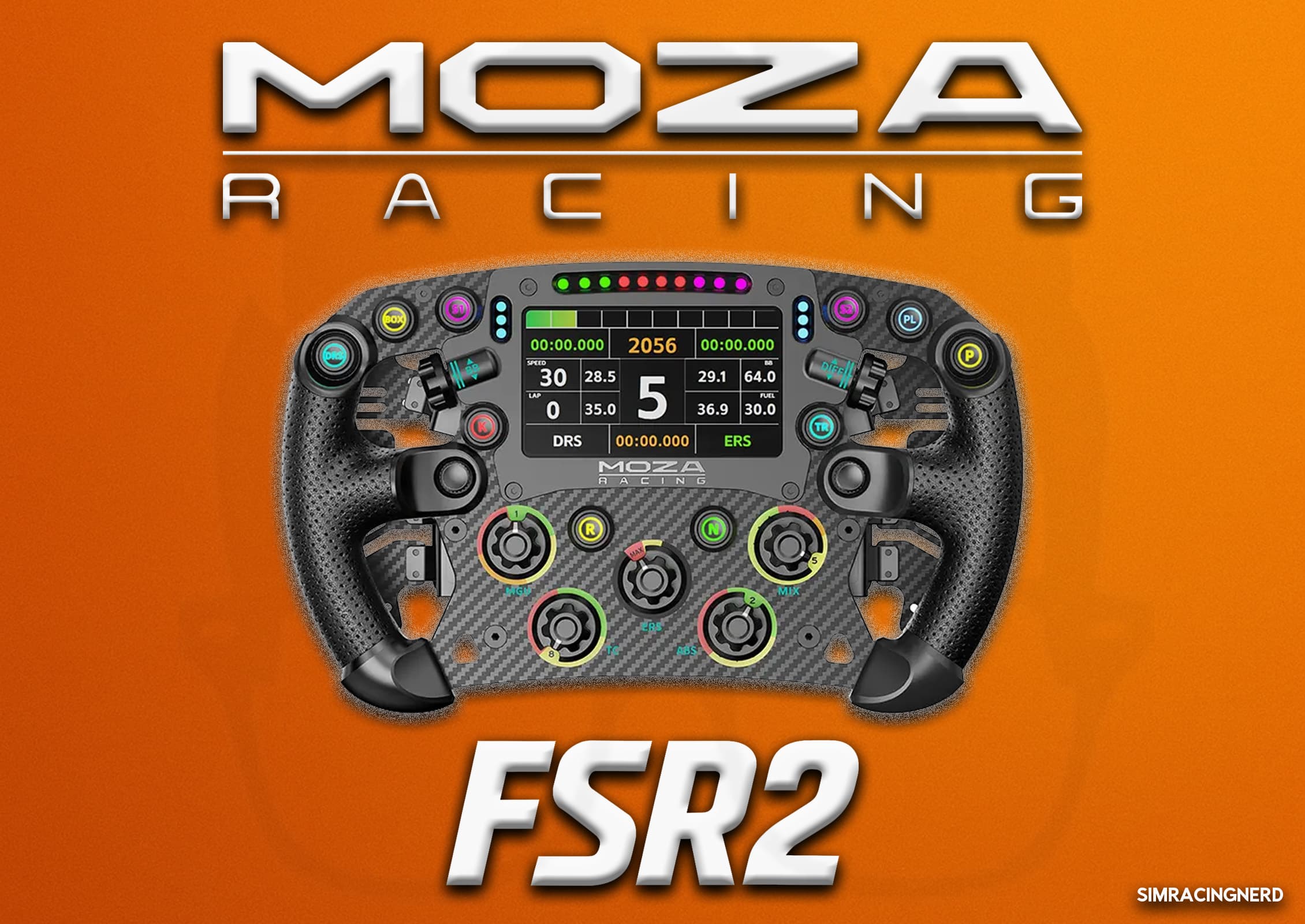

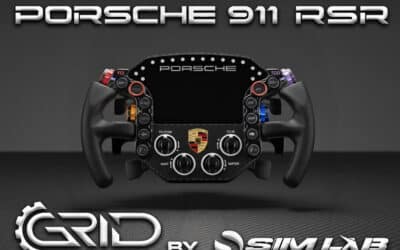
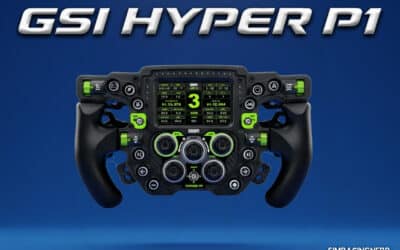
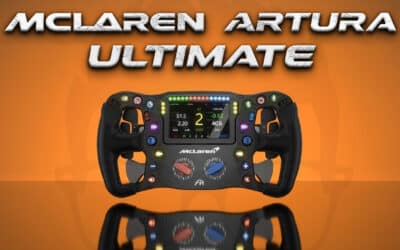
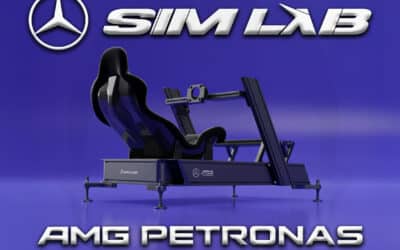
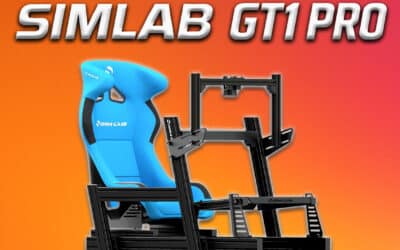
0 Comments